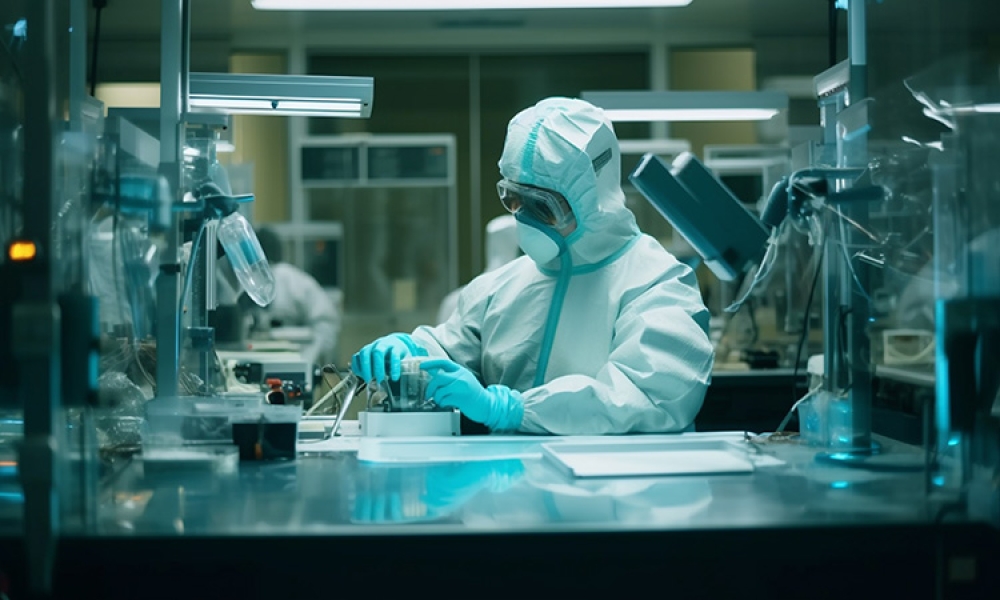Regulatory Guidance for Designing an Advanced Therapy Medicinal Products Manufacturing Facility

Have you tried designing an ATMP manufacturing facility and found the lack of regulatory guidance challenging and even frustrating. I recently had such an experience.
 Advanced Therapy Medicinal Products (ATMPs) are new state of the art therapies that encompass gene therapy, somatic cell therapy, and tissue-engineered products. ATMP’s are a fast-growing area of medicines with their promise to cure acute fatal diseases as well as chronic illness. According to the EMA and FDA, there have been ten ATMPs approved in Europe and fifteen approved in the United Sates. Currently there are over two hundred ATMP clinical trials on-going worldwide. With their fast advancement, ATMPs have left regulatory agencies scrambling to create safe, scientifically sound regulation and drug companies trying to figure out how to build facilities to manufacture ATMPs.
Advanced Therapy Medicinal Products (ATMPs) are new state of the art therapies that encompass gene therapy, somatic cell therapy, and tissue-engineered products. ATMP’s are a fast-growing area of medicines with their promise to cure acute fatal diseases as well as chronic illness. According to the EMA and FDA, there have been ten ATMPs approved in Europe and fifteen approved in the United Sates. Currently there are over two hundred ATMP clinical trials on-going worldwide. With their fast advancement, ATMPs have left regulatory agencies scrambling to create safe, scientifically sound regulation and drug companies trying to figure out how to build facilities to manufacture ATMPs.
I worked on a manufacturing facility for an ATMP composed of adipose-derived mesenchymal stem cells. Because the product consists of living cells, the downstream processing is markedly different from a traditional biopharmaceutical. Most notably it cannot be terminal sterilized and thus falls under the guidance of EU Annex 1 and the FDA 2004 Guide to Aseptic Processing. The FDA recently (July 11, 2018) released new guidance documents on disease-specific gene therapy products. The EU’s Guideline on Good Manufacturing Practice specific to Advanced Therapy Medicinal Products contains a lot of detail regarding facility design, but neither provided sufficient guidance in two important areas in which we struggled during facility design. One was for drug product filling. Was a bio-safety cabinet (BSC) an appropriate grade A environment in a grade B room for final product filing or should final drug product be filed in an isolator in either a grade B, C or D room? The other area was the background room environment where cell culture and incubation were being performed. What classification did the background production room need to be Grade B, Grade C or Grade D?
The EU’s Guideline on Good Manufacturing Practice specific to Advanced Therapy Medicinal Products states: ” Production in an open system: In general, when the product is exposed to the environment (e.g. working under laminar flow), a critical clean area of grade A with a background clean area of grade B is required for aseptic preparation and filling.” This statement appears to imply that filling drug product in grade A bio-safety cabinets with grade B background is acceptable, but the guideline also talks about using isolators and defines isolators as a closed system. It was not clear to us whether we were required to fill drug product in an isolator or was filling in a bio-safety cabinet acceptable. From our aseptic processing experience manufacturing biologics and parenterals where we had seen how easily a breach in sterility could occur, we were not comfortable filling drug product in a bio-safety cabinet, so the facility was designed utilizing isolators for drug product filling
Again, the EU’s Guideline on Good Manufacturing Practice specific to Advanced Therapy Medicinal Products states:” Production in a closed system, in an isolator, or positive pressure isolators: a background clean area of grade D is acceptable.” From a DP filling perspective this is clear that a grade D background is acceptable, but the manufacturing process requires several cell passage and incubation steps using cell factories. These steps are too cumbersome, and the equipment is too big to fit in an isolator. As defined by the current regulatory guidelines, we were not sure we could claim the cell factory is a closed system. Since we were not sure, we assumed it was not a closed system. The consequence of assuming the cell factory was an open system dictated that the background room environment be grade B.
I believe the ambiguity of in the regulations of ATMPs, specifically whether drug product should be filled in a grade A bio-safety cabinet or isolator and the required clean room classification of the background room for cell culture and incubation, will go away as more AMTPs reach the market and more ATMP manufacturing facilities are built. In the future, regulatory agencies and professional societies such as ISPE will provide the drug industry with clear guidance on how to manufacture and design manufacturing facilities for ATMPs. In addition, I also believe that as drug companies work with vendors there will be equipment options that allow ATMP manufacturing processes to be closed. Until then, we will struggle when designing ATMP manufacturing facilities and most companies will default to the most conservative design.
The ISPE Aseptic Conference has established itself as the pharmaceutical industry's premier source to stay in-the-know about the latest trends in aseptic and barrier operations. This signature event will summarize innovative technology and best practices successfully employed to meet the growing complexities for aseptic processing without losing focus on classic aseptic and barrier applications.


